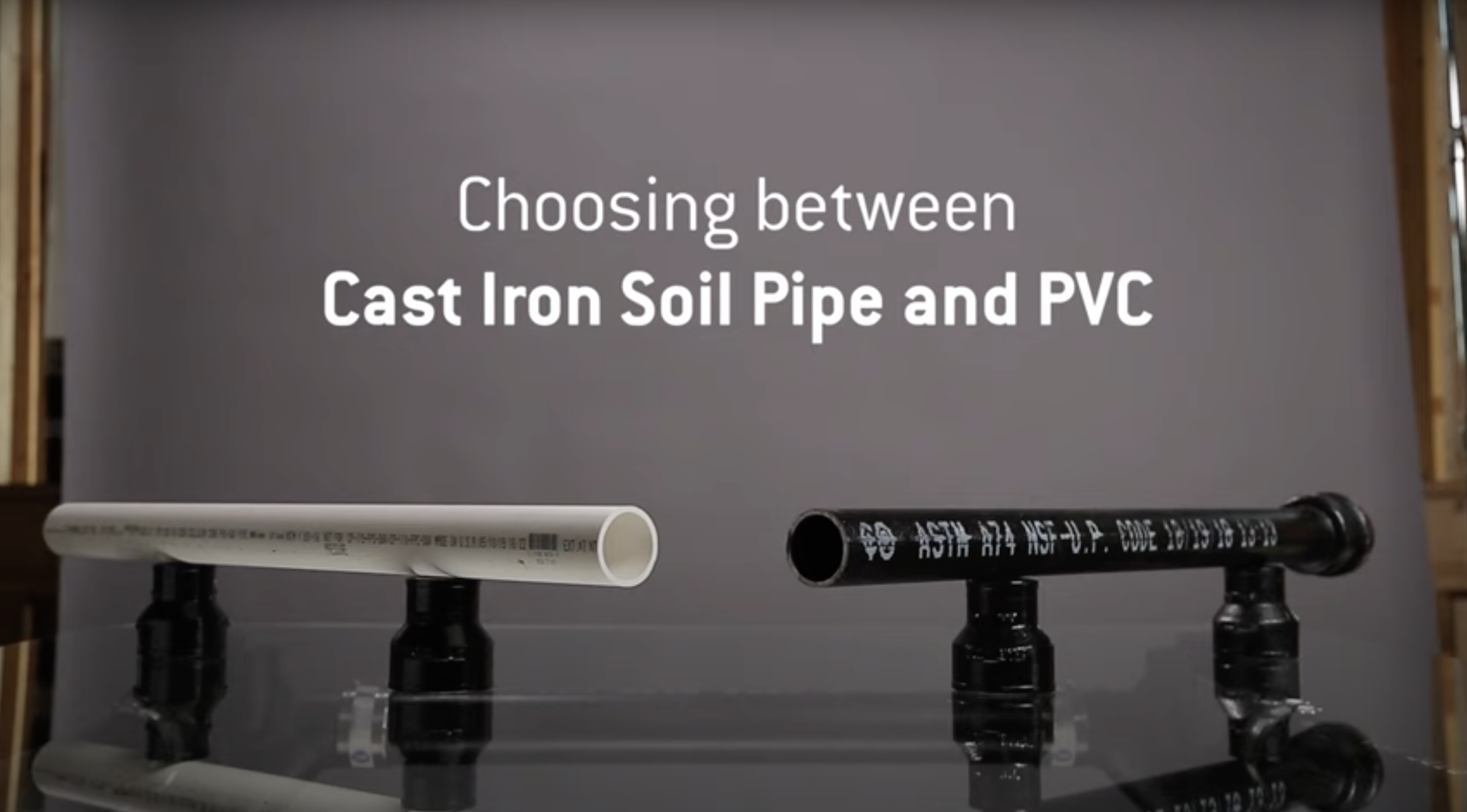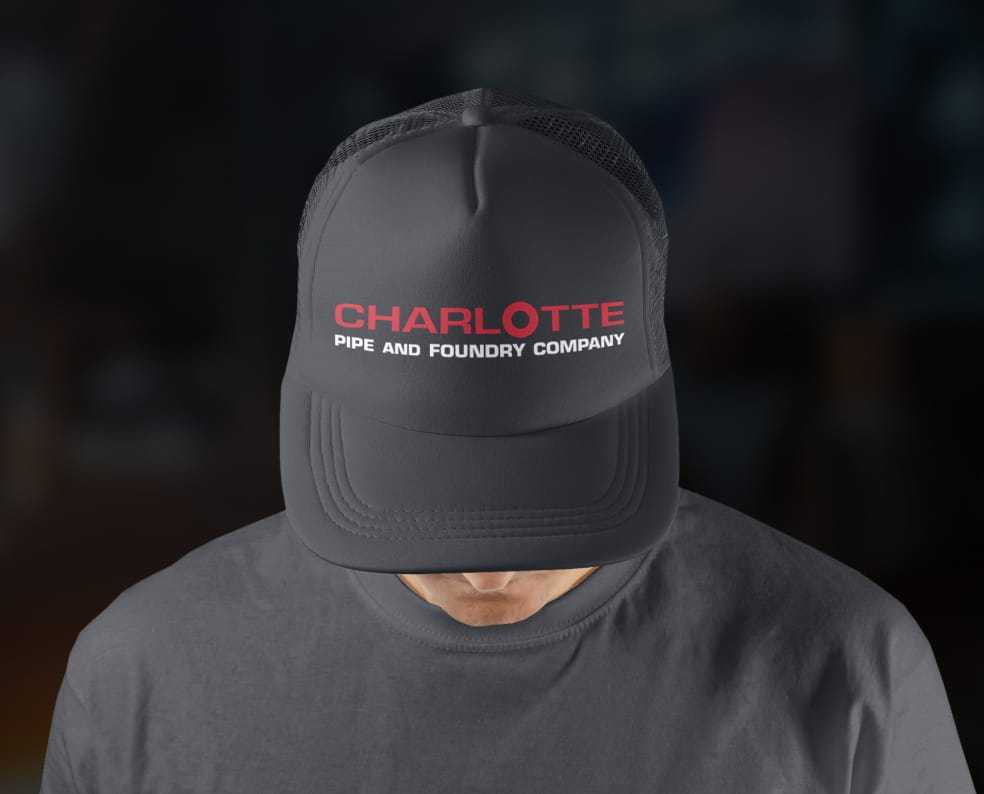Article
Value Engineering and the Role of Hybrid Plumbing Systems
An often polarizing and complex topic, value engineering, at its core, attempts to improve the efficiency of a building without compromising on quality. In commercial construction, however, the cost-cutting efforts behind value engineering can often raise eyebrows and concerns about how to specify the right material for the right application.
“Value engineering takes function, divides it by cost, and leaves it up to the engineers to specify the most optimal solution,” said Greg Nahrgang, vice president of technical services and product development at Charlotte Pipe. “If in the value engineering process, you decrease the function at a greater rate than you reduce the cost, then you have decreased the value of the project, thereby rendering the value engineering initiative counterproductive.”
Value engineering takes function, divides it by cost, and leaves it up to the engineers to specify the most optimal solution. Greg Nahrgang Vice President of Technical Services and Product Development
Despite its complex nature, value engineering is an essential topic to discuss to help guide the decision-making process of choosing between cast iron and PVC pipe and fittings for commercial projects and ultimately protect the integrity of the engineer’s work.
As the only manufacturer of both PVC and cast iron plumbing systems, Charlotte Pipe is uniquely positioned to provide a balanced, unbiased evaluation of both materials.
Charlotte Pipe’s Approach to Value Engineering
Simply put, there isn’t a perfect pipe for all applications, and both PVC and cast iron come with their own advantages and disadvantages. A champion for both (in the right settings), Charlotte Pipe’s technical team serves as a valuable resource for plumbing engineers when evaluating the right product choice for their projects.
“At Charlotte Pipe, we don’t just warn engineers about the potential dangers of value engineering,” said Nahrgang. “We also explain the benefits — meaning there are successful times where you can value engineer.”
Through ASPE-certified presentations, product demonstrations, and educational content, Charlotte Pipe works to ensure plumbing engineers have the right context and strategies related to value engineering. The company invests in these resources to provide plumbing professionals with the tools they need to thoughtfully compare the capabilities of both cast iron and PVC systems.
Watch the video below to explore the differences between cast iron and PVC pipe and fittings and when each product should be considered for the best results.
8 Factors to Consider When Comparing PVC and Cast Iron Systems
- Maximum working temperature: For sanitary lines, plumbing codes restrict the maximum working temperature to 140°F. However, in areas such as commercial kitchens, it is plausible for effluent over 140°F to be discharged, causing issues with PVC.
- Thermal expansion: While cast iron typically requires no compensation for thermal expansion, PVC expansion and contraction needs to be accounted for offsets or in-line expansion devices.
- Sound attenuation: Plumbing noise can negatively impact building occupants in settings like multifamily housing, hospitals, and correctional facilities.
- Maintenance: The repeated use of drain-cleaning products can cause damage to PVC pipe and fitting walls.
- Underground installation: To avoid system failure, specific trench sizing, bedding, and backfilling procedures must be followed.
- Hanger spacing/fall: Additional hangers, anchors, and the labor required to install PVC all pose hidden costs for which plumbing engineers must account.
- Combustibility and use in plenum spaces: While PVC is a combustible material, cast iron is noncombustible and can be installed in plenum spaces confidently.
- Firewall penetrations: Penetrating fire-rated assemblies adds significant costs to the installation of PVC DWV systems.
All eight factors listed carry equal weight when it comes to specifying the right materials for DWV applications and ensuring the success of the plumbing system. Charlotte Pipe’s value engineering checklist offers key questions and facts to take into consideration.
At Charlotte Pipe, we don’t just warn engineers about the potential dangers of value engineering. We also explain the benefits. Greg Nahrgang Vice President of Technical Services and Product Development
The Impact of Hybrid Plumbing Systems
Plumbing systems should not be approached with a one-size-fits-all mentality. In most cases, true value engineering of a DWV installation is a hybrid system. An example of how this performs on the residential side is through Charlotte Pipe’s Quiet House® System, where cast iron is used for the main stacks with PVC used for laterals and vent lines.
For commercial construction, the integration of Edge HP Iron — Charlotte Pipe’s coated cast iron designed for aggressive DWV applications — is promoted as a hybrid system where cast iron and PVC both have a role in areas of the building. While Edge HP Iron works to combat strong chemical exposure in a kitchen, cast iron pipe is installed in the next room to manage sound attenuation, and PVC is further along in the plumbing system where water temperatures are below 140 F.
“When it comes to value engineering, it’s important not just to look at one factor or one plumbing solution but to observe the entire commercial plumbing system holistically,” noted Nahrgang.
Make sure you’re specifying the right materials for the job by exploring Charlotte Pipe’s value engineering resource center.




